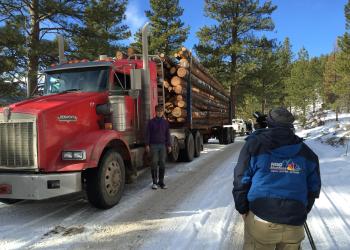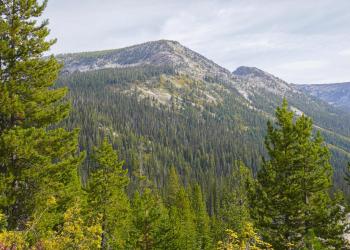Welcome to the Bitterroot National Forest
Welcome! We've transitioned our public websites to a modern web platform to better serve the public. With thousands of pages to update, some content may take longer to appear. Some old content has been archived during this process, as well.
We appreciate your patience as we work to make it easier than ever to access information and explore your national forests - both online and on the ground. Please send us an email if there is something you can't find:
Leave your stress behind! You will find this 1.6-million-acre forest in southwest Montana and Idaho to be a priceless national heritage. Half of the forest is dedicated to the largest expanse of continuous pristine wilderness in the lower 48 states - the Selway Bitterroot, Frank Church River of No Return, and the Anaconda Pintler.
Recreation

Explore campgrounds, cabins, and recreational opportunities.
Reserve a Cabin or Lookout

Enjoy a unique recreational experience at one of many rental lookouts and cabins on the Bitterroot National Forest.
Get permits

Harvest firewood, Christmas trees, and mushrooms. Learn more about applying for a Selway River float permit, and more.
Find out if your activity requires a permit.
Recent News

Keep up to date on the latest information.
Fire Information

Learn more about current wildfires, fuels management, prescribed burning, and fire prevention.
Have a question or concern

Let us know how we can help.






